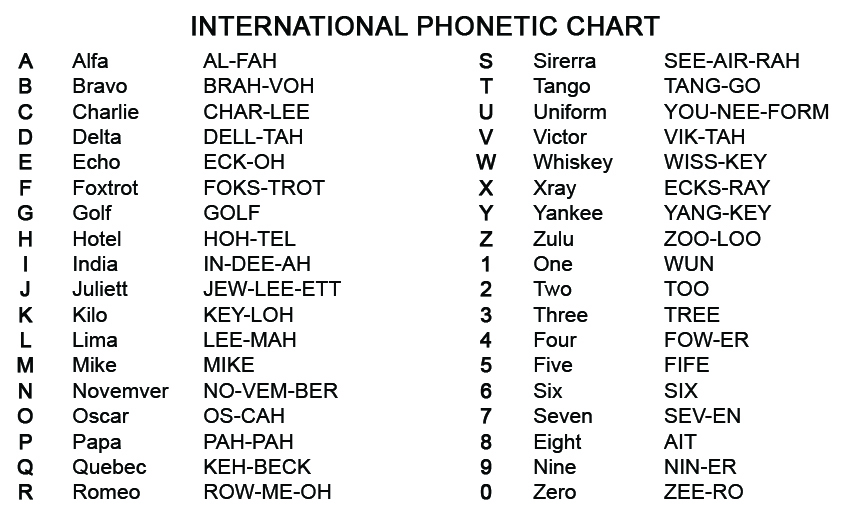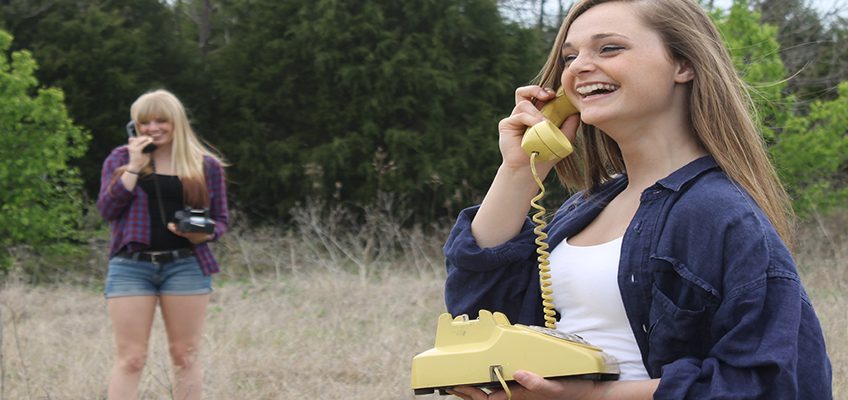Often we are faced with a dilemma during a telephonic conversation. A lot of us do not use the radio to communicate or else we would have faced it there even more due to the greater static interference over the air waves. We are giving directions to someone, for instance. We want that person to go to an address P-53-U. There is interference over the line and the words are not all that clear. What the person ends up hearing is “B-53-2” instead of what was intended and lands up at a completely different address. And during the conversation you might have repeated the address a few times. Let us how a typical conversation of this nature might be like.
PERSON 1: Ok, go to P-53-U
PERSON 2: What was that? D-53 … what?
PERSON 1: “P” not “B” … P-53.
PERSON 2: Did not get you. Please repeat.
PERSON 1: “P”, “P”, “P”. Like M N O P
PERSON 2: Got that … MNOP-53
PERSON 1: No, no, no, no. Just “P” and not “MNOP”
PERSON 2: Ah, got it. P-35.
PERSON 1: Not 35 … 53.
PERSON 2: What? 33 and not 35?
PERSON 1: Oh dear, what do I do.
Sounds familiar? It happens. Or you are trying to send an email to someone and trying to figure out how to spell it. If someone’s email ID is sahasrabuddhe.vinayak.pandurang@sendittome.com, chances are you will get it wrong. IT HAS TO BE SPELT OUT. You request a spell check and the person starts by finding words that start with each letter of his email ID. So he starts ... S for Shillong, A for Ambala. H for Hyderabad. So on and so forth. Well, that is a step in the right direction.
But why reinvent the wheel?
There is already an internationally recognised set of phonetics that have specified how each of the 26 alphabets of the English language need to be pronounced leaving no scope for error. Not just alphabets, but also the numbers from 1 to 0. It is the International Phonetic Chart and it is used by people all over the world. It is simple to use and easy to remember and also specifies how each alphabet should be pronounced. And you do not need to say A-for-Alpha, B-for-Bravo, C-for-Charlie, etc. Just Alpha-Bravo-Charlie will suffice. Here it is…

So the next time you have to spell something out, do not wrack your brains unnecessarily finding new words every time. Use the International Phonetic Chart instead. You will save yourself a lot of heartache and minimise errors to zero.
Each alphabet and number also has a corresponding Morse Code symbol. You can learn about Morse Codes here.





John Stover
It’s good to learn the APCO, or public service, phonetics also. You may be talking to a cop, fireman, or dispatcher, and they are more used to their own code. It’s presented differently also. Your user would say just the phonetic, such as Victor, Echo, Golf, Alpha, Sierra. The APCO user would include the letter, V-Victor, E-Edward, G-George, A-Adam, S-Sam.
It’s easy to look it up, and it could be handy. I am a Ham operator, and did a lot of volunteer service, so it was helpful to know both, and be able to switch between them.